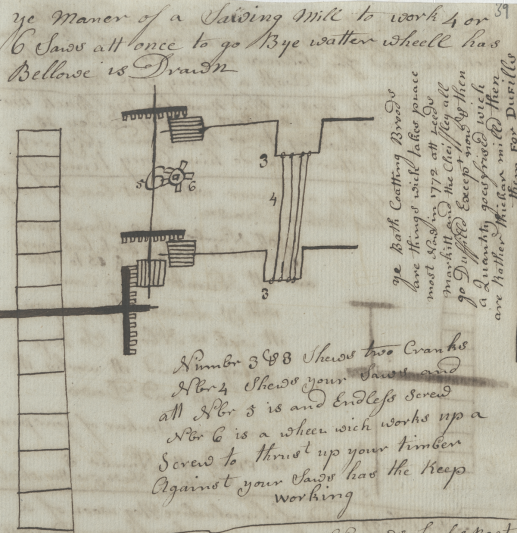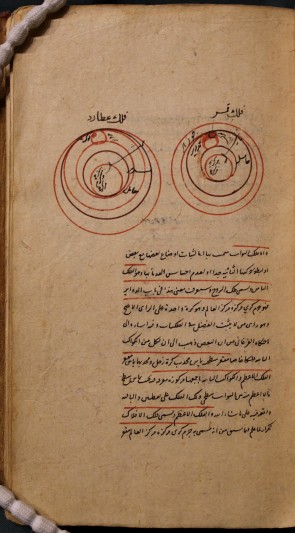John Wickins was a friend, collaborator and amanuensis of Isaac Newton. The notebook contains transcripts of letters and other writings by Newton, including the longest example of Newton’s writing to be found in the past 50 years.
Search FNL grants since 1931
Joanne Fitton, Associate Director Special Collections and Galleries, writes: The Brotherton Library holds a significant collection of 17th and 18th century manuscript verse, developed over the la
The collection comprises 36 boxes of scripts and files of agency contracts and correspondence which document Howerd’s career between the late 1940s and his death in 1992. Previously unseen, the archive tells the story not only of the career of one of our best-loved performers and charts the craft and development of modern stand-up comedy as we know it - the journey from 1940s gag-tellers to observational storytelling.
A rare copy of Hachiman Tarō Ichidaiki, a work of popular illustrated fiction published in the second half of the 18th century. This set is complete in five volumes, each preserving its original cover and pasted title slip. The book comprises twenty-five leaves of woodblock-printed text and images, with later hand colouring added to the illustrations by a contemporaneous reader.
The letter exemplifies Dickens’ perhaps surprising but consistent link with Aberdeen. The novelist visited the ‘Granite city’ twice on his famous lecture tours. John Thomson Gordon, variously High Sheriff of Aberdeen and Edinburgh and one time Rector of Marischal College, one of the University's two antecedent institutions, was among his closest Scottish friends.
The testament of Alexander Jaffray is a unique manuscript of major regional and national significance. Original documents that shed light on religious belief in 17th-century Scotland are extremely rare. This manuscript is an extraordinary example of an individual articulating their moral and spiritual viewpoint at a time of significant change within society.
Eton has acquired this archive, which had been on loan to the library for the past ten years. It consists of autograph scores of 55 major orchestral and chamber works by Arnold, including two symphonies and 13 concertos. There are manuscripts of six choral works and music for 25 films and TV programmes, as well as much music for solo instrument and for voice. Also included in the archive are fifty autograph letters to Arnold from luminaries of music and the arts
The curious nature of the manuscript itself may well have accounted for the price - it is a miscellany of personal thoughts and reflections on national events, human nature or the weather, but frequently relating to the textile industry in which the compiler, John Brearley of Wakefield, was engaged as a cloth ‘frizzer’. His interest in his industry is also evident in this manuscript, which he compiled in 1772-73, and includes 140 line-drawings to illustrate his ideas about the machinery of the day.
The conduct of services is the primary function of York Minster, the mother church of the Northern Province, and the records of those services are, therefore, of prime importance for the study of its history, the history of the province and the history of the wider Church in England. Printed ephemera, in particular orders of service, are, where available, the best source of information about services held at the Minster.
Qâdi Zâda Al-Rûmî (1364–1436) was a Turkish astronomer who worked at the observatory in Samarkand, under the direction of Ulugh Beg (d. 1449). He made an important contribution to the flowering of Arabic science in Timurid Iran as one of the authors of a new star catalogue (the Zīj-i Sulṭānī) and a textbook on arithmetic. The present work is a commentary on al-Jaghmini’s introduction to astronomy and the most widely circulated Arabic treatise on Ptolemaic cosmology. This acquisition enhances the College’s strong collection of scientific books.
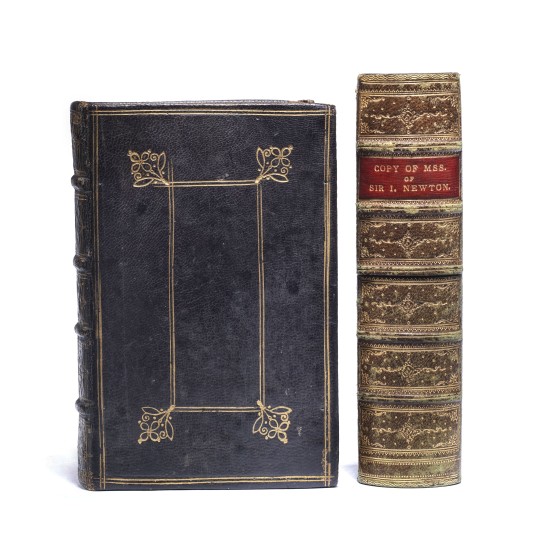
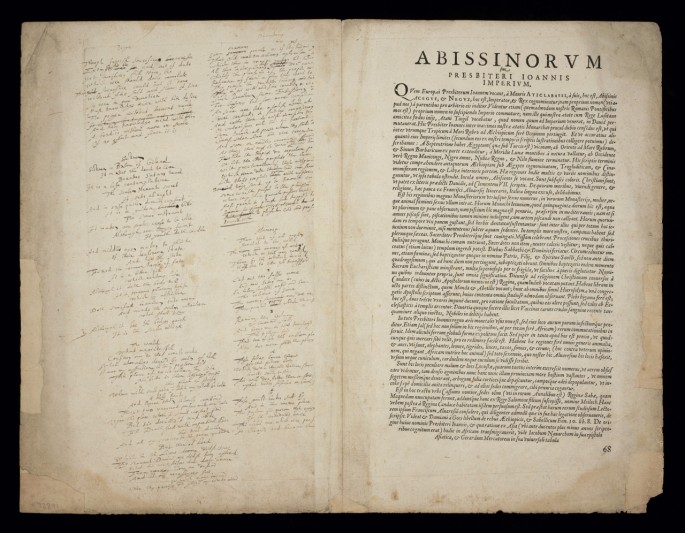
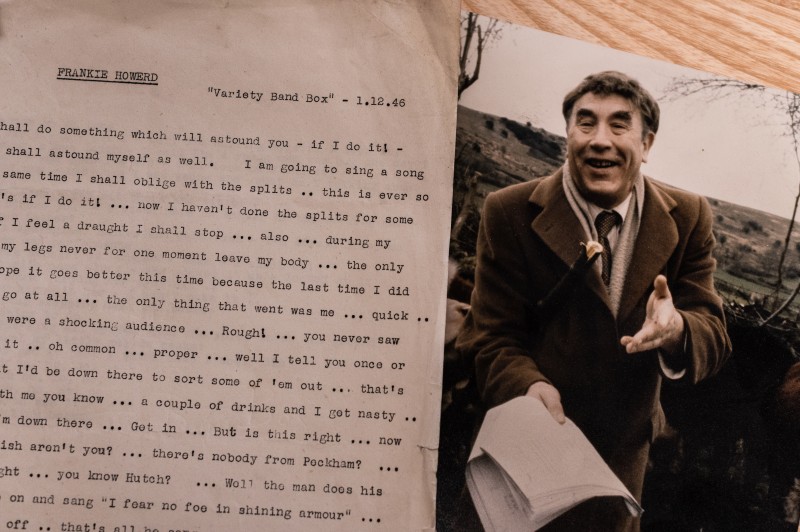
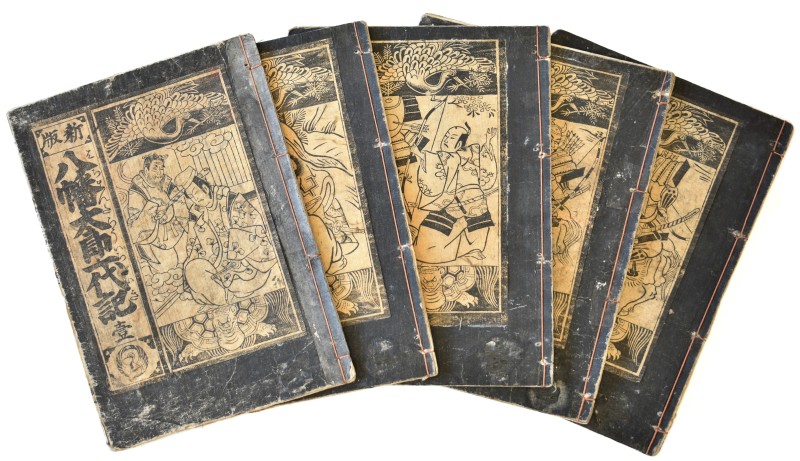
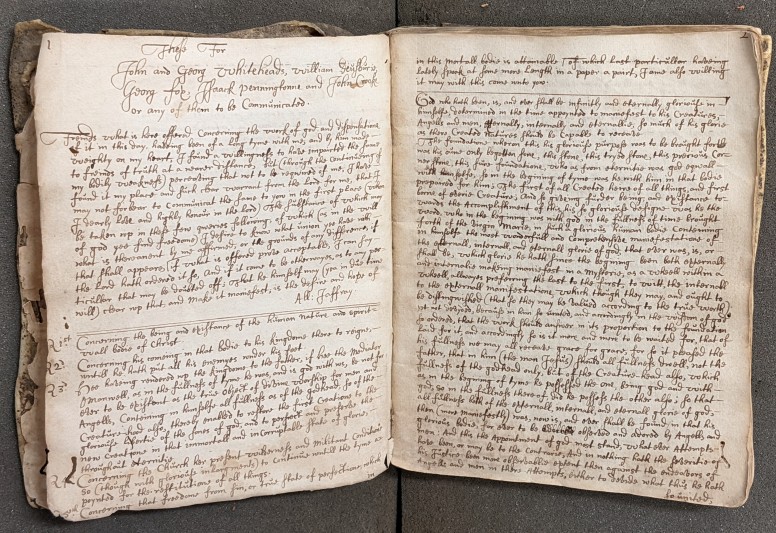
![Malcolm Arnold poses with a score [n.d.]. Courtesy of Eton College. Malcolm Arnold poses with a score [n.d.].](/sites/default/files/styles/large/public/2020%20Eton%20College%20Malcolm%20Arnold%20poses%20with%20a%20score%20%5Bn.d.%5D.%20ECL%20MS%20921%2005.%20.png?itok=jmXus_2u)
